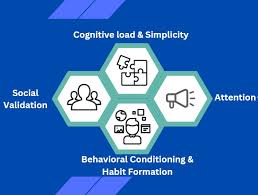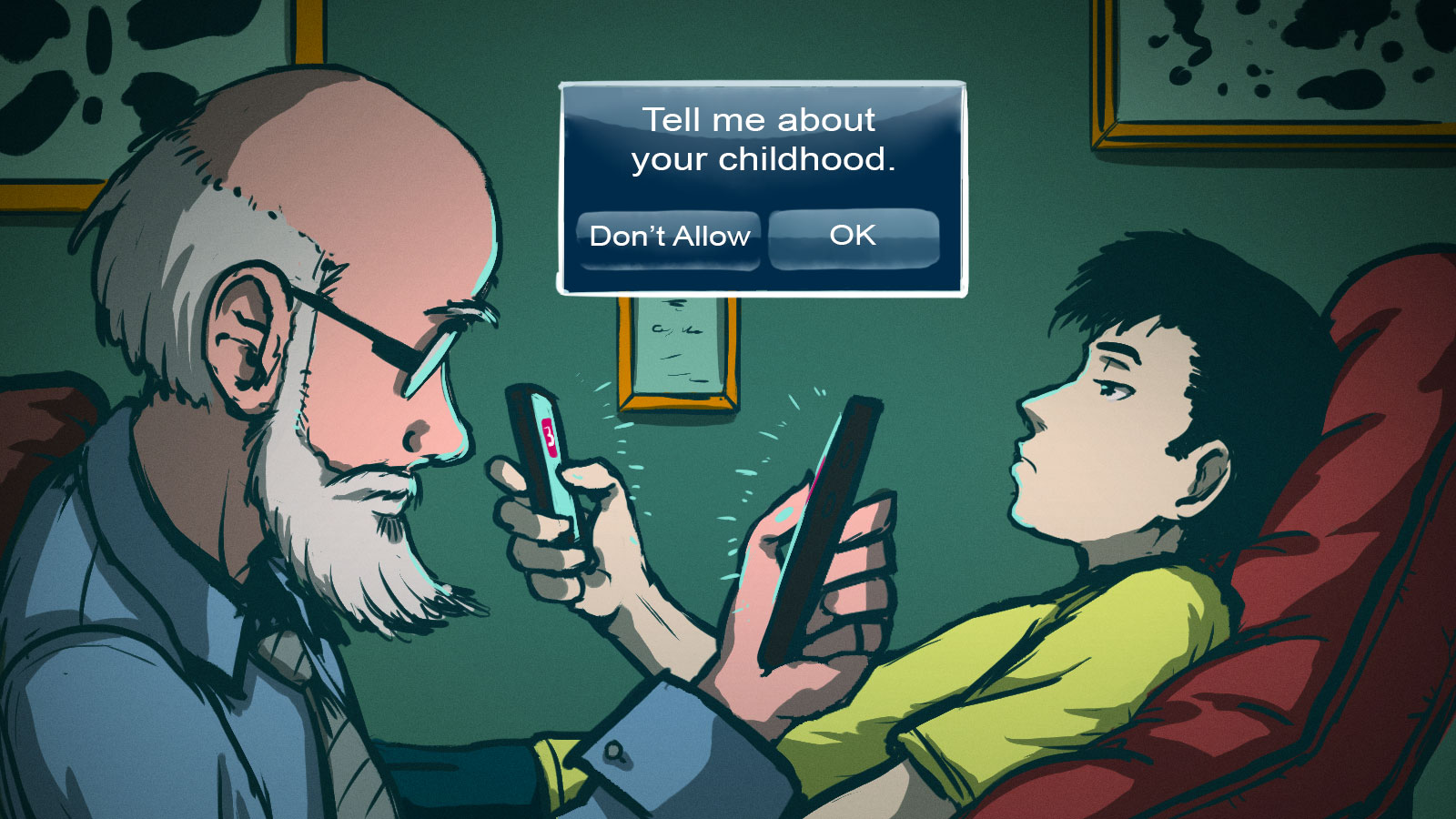3
min to read
May 3, 2024

In the digital age, push notifications have become an integral part of the mobile experience, allowing businesses to reach their audience directly on their devices. However, the success of push notification campaigns is not solely dependent on the technical aspects of delivery and optimization. To truly engage users and drive meaningful interactions, businesses must delve into the psychology behind user behavior and preferences. By understanding the cognitive and emotional factors that influence how users respond to push notifications, businesses can craft more effective messaging that resonates with their audience.
The Psychology of Push Notifications
Push notifications are not just a means of delivering information; they are a direct line of communication between businesses and their users. The way users perceive and interact with push notifications is heavily influenced by psychological factors, such as attention, motivation, and decision-making.
Attention Capture
One of the primary goals of push notifications is to capture the user's attention. However, in a world filled with digital distractions, businesses must understand the factors that influence attention span and how to create notifications that stand out.
Motivation and Engagement
Effective push notifications must tap into the user's intrinsic and extrinsic motivations. By understanding what drives users to engage with content and take desired actions, businesses can craft messages that resonate on a deeper level.
Decision-Making and Behavior
The way users respond to push notifications is heavily influenced by their decision-making processes. Factors such as cognitive biases, emotional responses, and social influences can all play a role in how users perceive and interact with push notification content.
Leveraging Psychological Insights for Effective Push Notification Messaging

1. Attention-Grabbing Messaging
Craft push notification messages that are concise, visually appealing, and tailored to the user's interests and preferences. Leverage techniques like personalization, urgency, and curiosity to capture the user's attention and encourage engagement.
2. Tapping into Motivation
Understand the user's underlying motivations, whether they are driven by personal goals, social recognition, or the desire for convenience or entertainment. Align your push notification messaging with these motivations to create a sense of relevance and value for the user.
3. Leveraging Cognitive Biases
Utilize cognitive biases, such as the fear of missing out (FOMO) or the scarcity principle, to create a sense of urgency and exclusivity in your push notification messaging. This can encourage users to take immediate action and engage with your content.
4. Emotional Resonance
Evoke positive emotions, such as excitement, joy, or a sense of accomplishment, through your push notification messaging. By tapping into the user's emotional state, you can create a more memorable and engaging experience.
5. Social Influence
Incorporate social proof, such as user reviews or recommendations from friends, into your push notification messaging. This can leverage the power of social influence and increase the likelihood of user engagement and conversion.
Case Studies and Success Stories

1. Retail App
A leading retail app leveraged psychological insights to optimize its push notification strategy. By understanding the user's desire for personalized recommendations and the fear of missing out on limited-time offers, the app crafted push notifications that drove a 25% increase in conversion rates and a 15% improvement in customer retention.
2. Fitness App
A popular fitness app used push notification messaging to tap into users' intrinsic motivations for self-improvement and social recognition. By celebrating user milestones and encouraging friendly competition, the app saw a 30% increase in daily active users and a 20% boost in in-app purchases.
3. Travel Platform
A travel platform implemented a push notification strategy that leveraged the power of scarcity and urgency. By creating a sense of limited availability for flight deals and hotel discounts, the platform achieved a 35% increase in open rates and a 22% improvement in booking conversions.
Best Practices for Effective Push Notification Messaging
Understand Your Audience: Conduct user research and analyze behavioral data to gain insights into your target audience's preferences, motivations, and decision-making processes.
Personalize and Segment: Leverage user data to personalize push notification messaging and target specific user segments with tailored content that resonates with their individual needs and interests.
Create Attention-Grabbing Content: Craft concise, visually appealing, and attention-grabbing push notification messages that stand out in a crowded digital landscape.
Tap into Motivation and Emotion: Align your push notification messaging with your users' intrinsic and extrinsic motivations, and evoke positive emotions to create a more engaging and memorable experience.
Leverage Cognitive Biases and Social Influence: Utilize psychological principles, such as cognitive biases and social proof, to create a sense of urgency, exclusivity, and trust in your push notification messaging.
Continuously Test and Optimize: Regularly test and refine your push notification messaging based on user feedback and performance data to ensure that your strategies remain effective and relevant over time.
Conclusion
Understanding the psychology behind user behavior is crucial for crafting effective push notification messaging that resonates with your audience. By leveraging insights into attention capture, motivation, decision-making, and emotional responses, businesses can create push notifications that not only capture users' attention but also drive meaningful engagement and conversions. By adopting a user-centric approach and continuously optimizing their strategies based on psychological insights, businesses can stay ahead in the competitive push notification landscape and build stronger, more loyal relationships with their customers.



